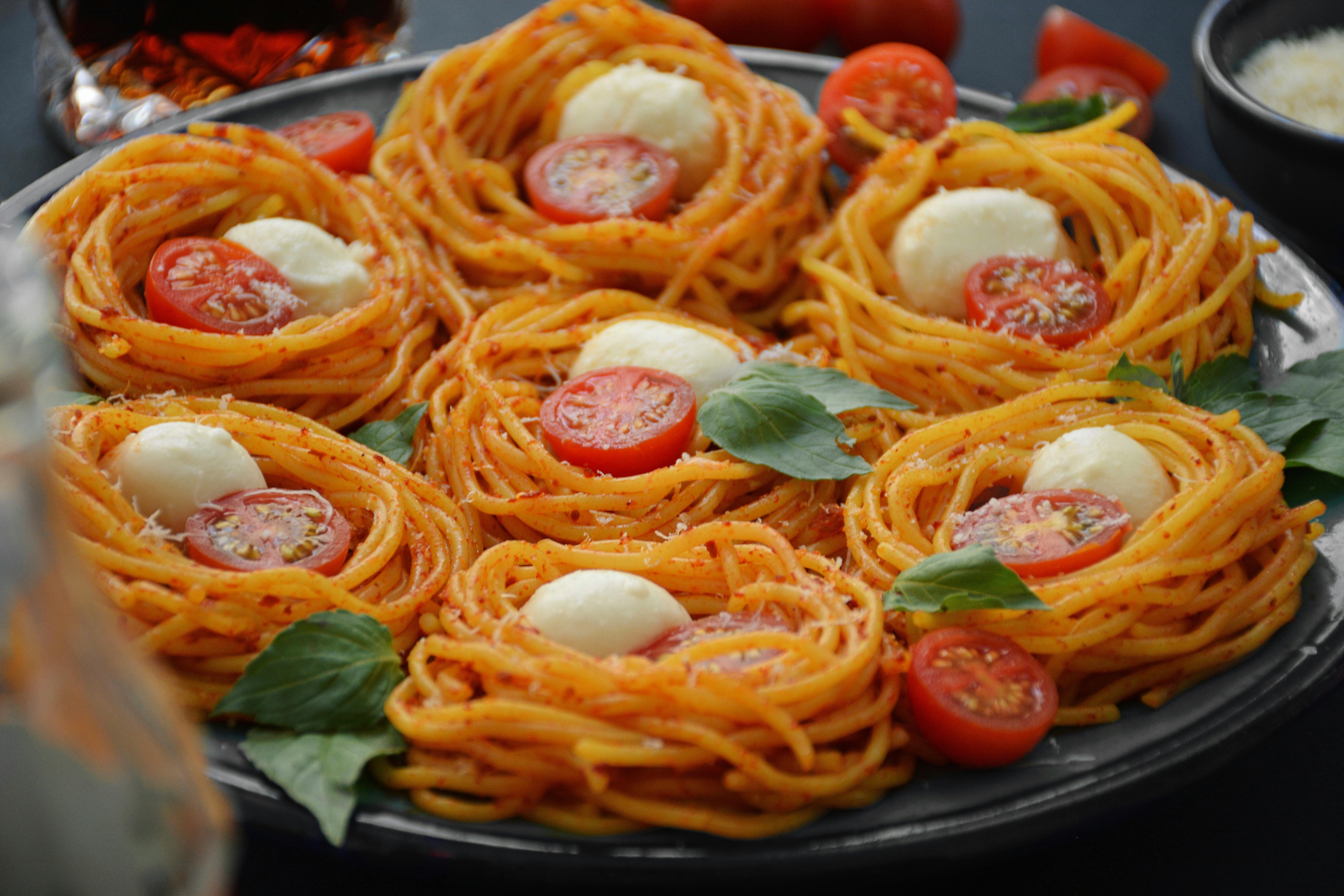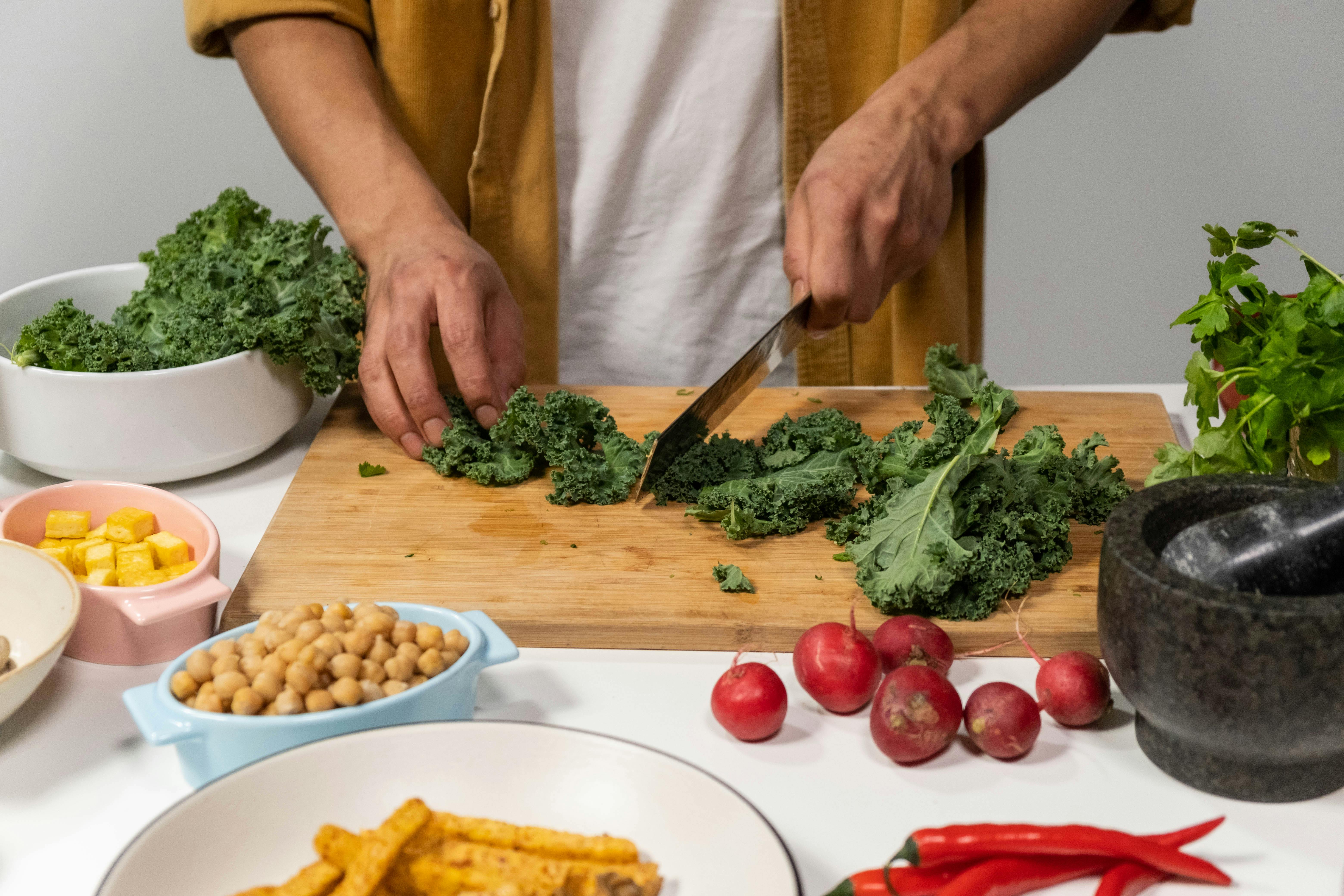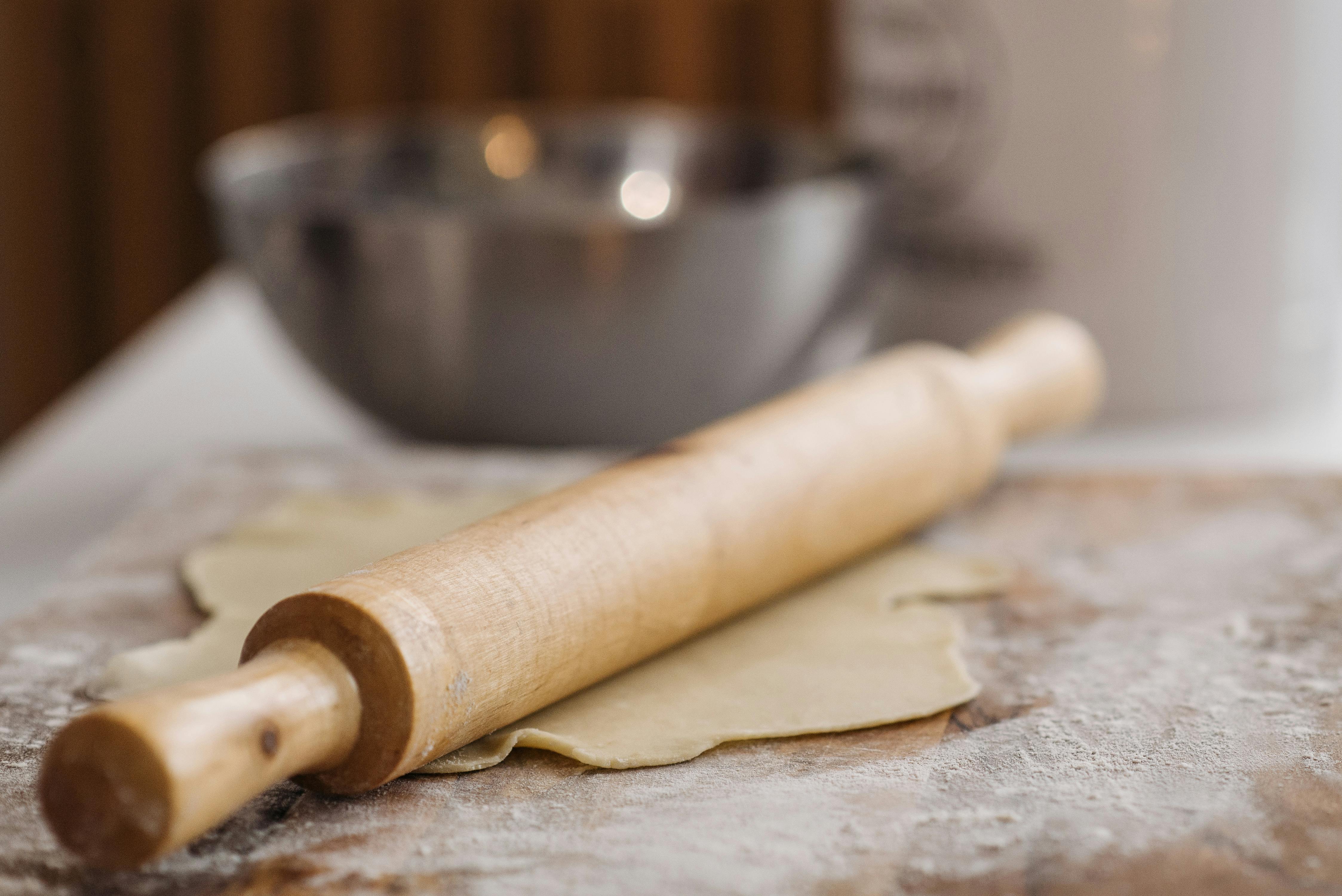Do you love rice but avoid it due to dietary or carbohydrate issues? But this substitute will satisfy your rice cravings in the most delicious ways.
Yes, it is the unmilled, unrefined, and unprocessed form of white rice.
It is the healthy gluten-free option that will help you meet all your nutritional requirements without compromising taste and diet.
Just removing the outer hull of the rice grain results in this variety of rice having a bran layer.
Over the years, it has gained popularity and has a designated place on the shelf of many kitchens. It has become a great choice for those who are health and fitness conscious. However, cooking brown rice is a time consuming process. And besides, people assume that being a healthy option, brown rice tastes boring.
In today’s fast-paced world, where people are running with clocks ticking, regular brown rice that takes 60 minutes to cook makes people skip it. It cooks quickly can help in many ways and you can save time by simply cooking in 15-20 minutes.
However, it also differs slightly from Basmati brown rice in other ways as well. It is long and fluffy compared to the mushy texture of regular brown rice.
Grown in the foothills of the Himalayas, it has a distinct texture and nutty flavor. These tiny long grains are lighter than regular brown rice.
Paired with your choice of favorite vegetables, a dash of spices, and raitha on the side, brown rice can serve as a complete meal rich in protein and fiber.
The side hull and bran content in brown rice aids digestion. It gained popularity due to its rich nutrient content that provides the body with essential needs such as thiamine, potassium, fiber, and magnesium.
The low glycemic rate helps with weight loss and is even a healthy option for diabetics.
There are many people who find it difficult to stick to brown rice due to its versatile flavor.
Here is the delicious brown rice pulao recipe in just five easy steps, that will make you easily switch from white rice to organic brown basmati rice.
Note: Check the label and select Basmati brown rice based on your preferences. It is the best option and preserves all the nutrients of wheat.
Before proceeding with the cooking part, wash it well and for one cup of rice you may need to add three cups of water.
Preparations:
2 cups brown basmati
1 finely chopped onion, 1 chopped carrot
2 bell peppers finely chopped
1 spring onion to decorate
1/2 cup of green peas
Paste:
Take two to three green chillies, 1 dried red chilli, 1 small piece of ginger, and a handful of curry leaves, basil leaf stalks, and a few mint leaves. Beat them until it becomes a paste after adding a small amount of water.
recipe:
For 6 cups of water in a bowl, add a little salt to your taste and add two cups of Basmati brown rice. Squeeze half a lemon and let it boil until cooked. Remove excess water once cooked but not firm al dente. Make sure the rice doesn’t turn musky. After straining out the excess water, let the rice sit on its own.
On the other hand, take all the vegetables except the onion in a container and add water. Let the vegetables simmer until cooked but a bit firm. Then strain the excess water.
Meanwhile, heat a nonstick skillet and add oil. Sauté the onions until they turn a purplish-brown color.
Add two powdered cloves, 1 pinch of cinnamon and two cardamom pods. Add the pasta and cook, stirring, for about two minutes. Add the boiled vegetables and turn off the heat. Add the rice and mix with a loose hand. Add salt to taste and lemon if necessary.
To garnish, add the lemon zest and cilantro. Serve the rice piping with a refreshing chutney on the plate or serve with curd for delicious flavor. Nutritional information:
Per portion of 100 grams
81 calories, 1.9% protein and 1.2% fat.




Recent Comments